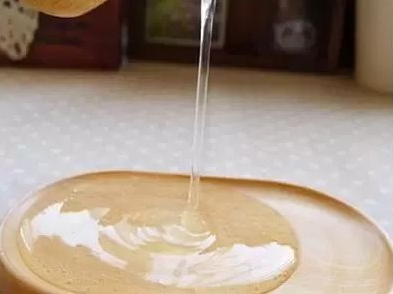Coating additives refer to the ingredients added in a small amount to the coating formulation to control or enhance the performance of the coating. There are about 40 different types of coating additives (emulsifiers, dispersants, defoamers, thickeners, anti-crater agents, drying accelerators, bactericides, etc.), as well as additives with different chemical compositions. Generally, the formulation of a coating contains a variety of additives. Generally, the total amount of additives used is less than 5% of the total formulation, but in some cases it may be as high as 10%. Due to the relatively high value of additives, the amount of additives used will be reduced as much as possible during formulation design.
According to its use, it includes adhesion promoters, anti-blocking agents, anti-crater agents, anti-floating agents, anti-floating agents, defoamers, foam inhibitors, anti-gelling agents, viscosity stabilizers, antioxidants, Anti-skinning agent, anti-sagging agent, anti-precipitation agent, antistatic agent, conductivity control agent, anti-mold agent, preservative, coalescence aid, corrosion inhibitor, rust inhibitor, dispersant, wetting agent, catalyst Drying agent, flame retardant, flow control agent, hammer grain additives, flow drying agent, matting agent, light stabilizer, photosensitizer, optical brightener, plasticizer, slip agent, anti-scratch agent, thickening Agent, thixotropic agent, anti-rat bite agent, other additives.
In addition to the main film-forming substances, pigments, fillers, and solvents, a component added to the paint that can significantly improve the specific properties of the paint or film. The amount used in the coating formulation is very small. Mainly a variety of inorganic compounds and organic compounds, including high molecular polymers.Coating additives can be divided into oil-based coating additives and water-based coating additives.
Thickener
A substance that can increase the viscosity of the paint and reduce its fluidity. The important purpose of using thickeners is to reduce the flow phenomenon during finishing. Thickeners used in coatings mainly include the following categories: ① white carbon black; ② bentonite and organic bentonite (bentonite treated with cationic organic matter); ③ surface-treated activated calcium carbonate particles; ④ hydrogenated castor oil; ⑤ metal Soap, such as calcium stearate, aluminum stearate, zinc stearate, etc.; ⑥The ester formed by polymerized vegetable oil, fatty acid dimer and polyol.
Pigment dispersant
Used to prevent the sedimentation or floating of the pigment. Thickeners such as bentonite and organic bentonite, metal soap, and hydrogenated castor oil can act as pigment dispersants. Various surfactants, low molecular weight polyethylene oxide (polyethylene oxide), low viscosity methyl silicone oil, lecithin and its derivatives are also commonly used.
A substance that helps to form a smooth finish. The substance that can reduce the surface tension of the coating generally has the effect of a leveling agent. The leveling agents that have been used in the industry include fluorine-containing surfactants, polyacrylates and polyvinyl butyral series. Generally, silicone-based leveling agents control short-wave leveling and reduce surface tension more obviously; acrylates control long-wave leveling and reduce surface tension to a small extent.
 Top Win is one of the leading & professional manufacturers with more than 20 years' experience, have domestic top-level engineers in silicone surfactant industry. We specialized in producing all kinds of SILICONE BASED new materials and specialized in research, production, sales and marketing in silicone-based performance materials.Provide good OEM&ODM service.Our products are mainly used in polyurethane foam, textile and leather, inks and coatings, paper release coating, personal care and agriculture, etc.
Top Win is one of the leading & professional manufacturers with more than 20 years' experience, have domestic top-level engineers in silicone surfactant industry. We specialized in producing all kinds of SILICONE BASED new materials and specialized in research, production, sales and marketing in silicone-based performance materials.Provide good OEM&ODM service.Our products are mainly used in polyurethane foam, textile and leather, inks and coatings, paper release coating, personal care and agriculture, etc.
